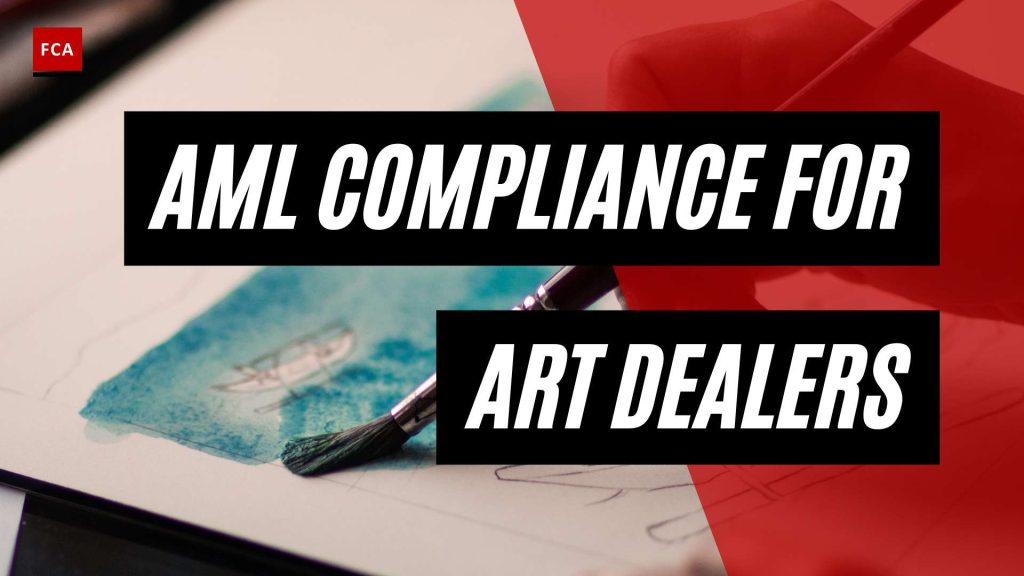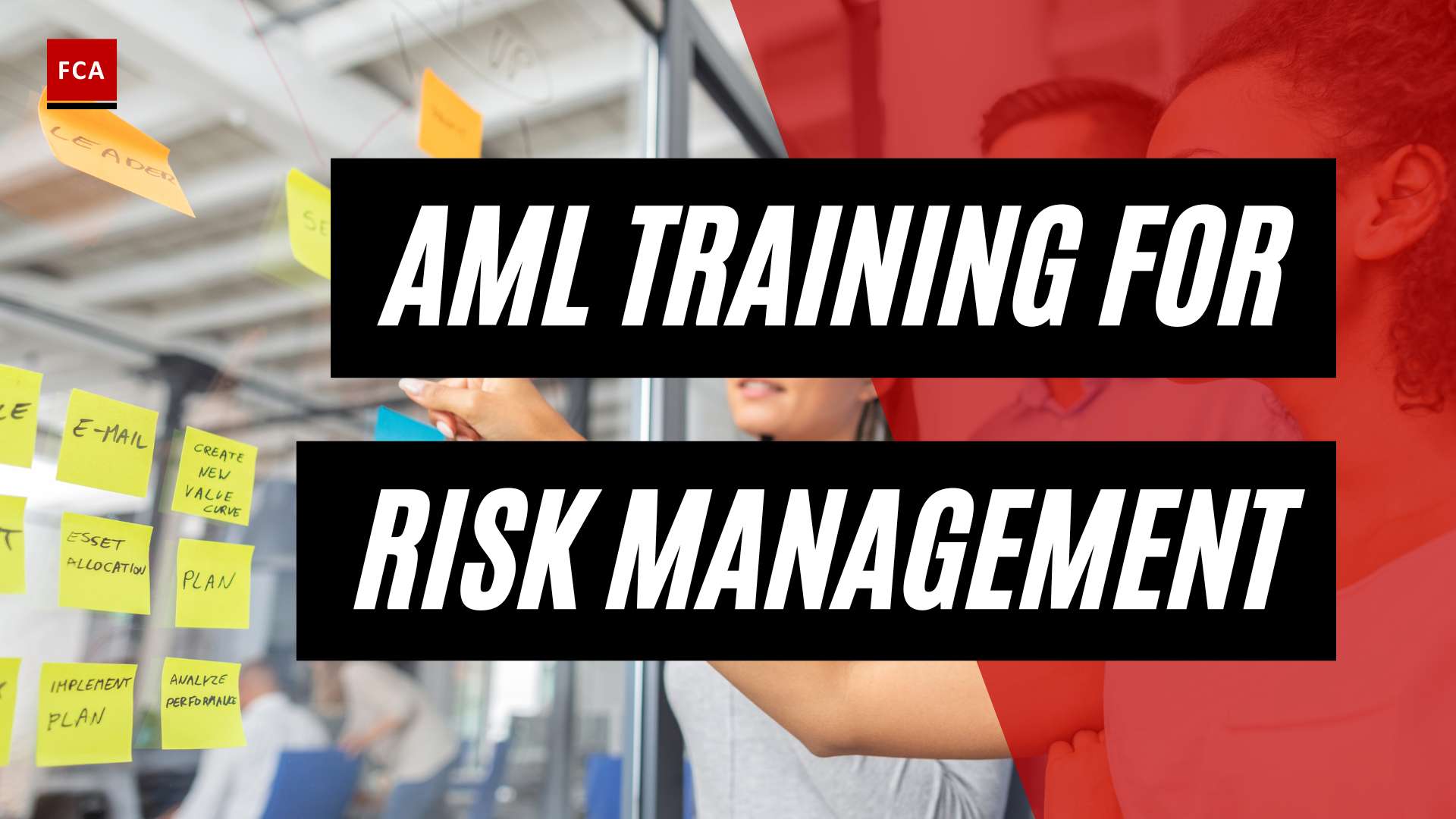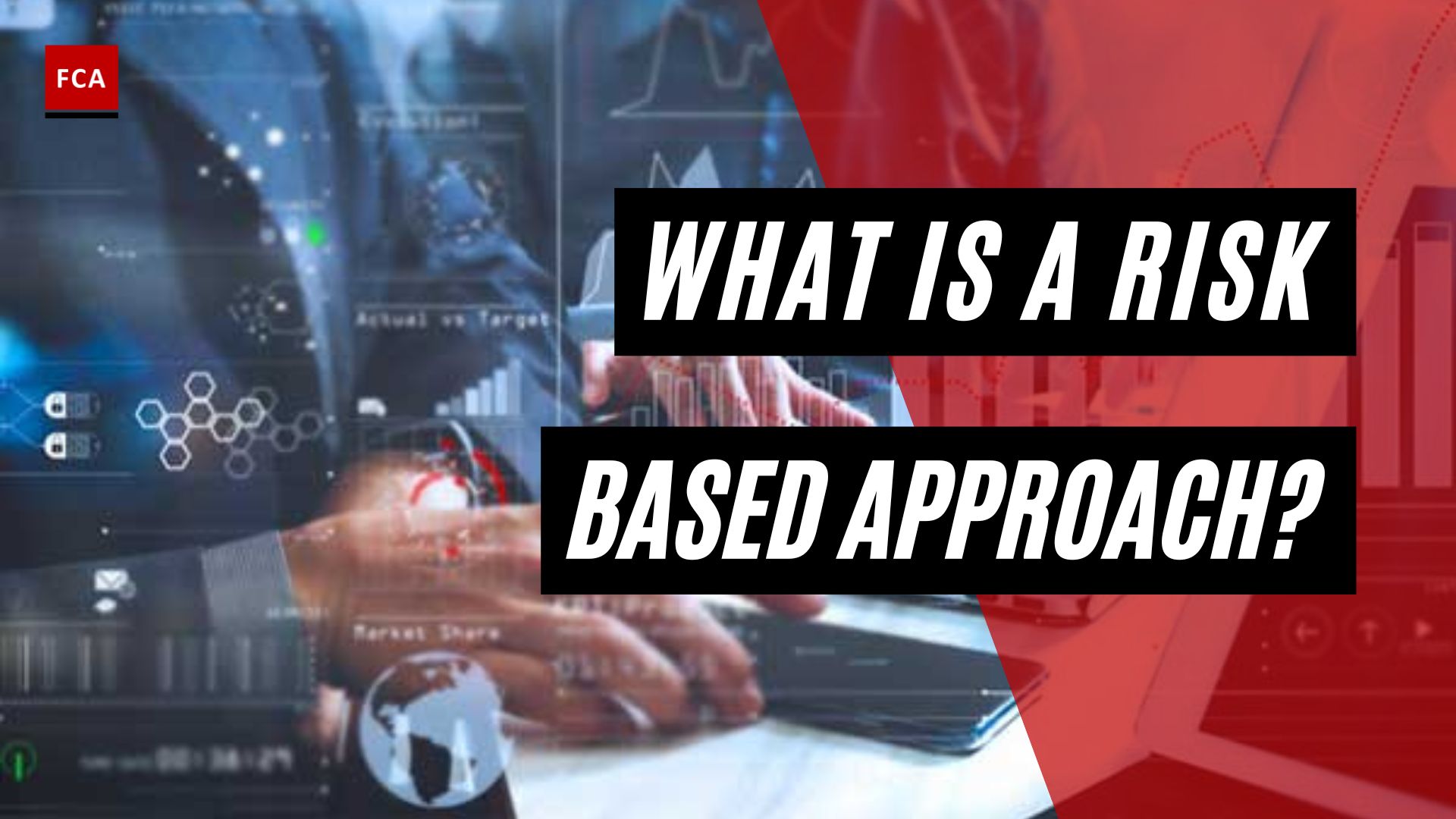Understanding AML in Art Market
The intersection of the art market and Anti-Money Laundering (AML) regulations has become a crucial area to understand for any professional working in compliance, risk management, and anti-financial crime. The high-value nature of art, combined with the often opaque nature of art transactions, makes the industry ripe for misuse by money launderers. This has led to increasingly stringent AML regulations for art dealers.
History of AML in Art Market
The Financial Action Task Force (FATF) first addressed the issue of AML in the art market in their 3rd round mutual evaluation report on the United States in 2006. They stated that the antiquities market could be misused for money laundering purposes. Since then, the focus on AML compliance for art dealers has steadily increased, with further regulations and guidelines introduced to minimize the risk of money laundering in the art market. For a deeper understanding of how the art market has been impacted by AML regulations, refer to our article on art market and aml regulations.
AML Directives and Regulations
Art dealers are now subject to a variety of AML directives and regulations, both in the United States and the European Union. In the U.S., art dealers may have to comply with the Bank Secrecy Act (BSA) regulations, which require them to report cash transactions exceeding $10,000 to the IRS using Form 8300. The USA PATRIOT Act also introduced amendments to the BSA, encompassing AML requirements that art dealers need to comply with (Shufti Pro).
In the European Union, the 4th AML directive sets out obligations for art dealers in terms of customer due diligence, record-keeping requirements, ongoing monitoring, and filing suspicious activity reports. The 5th AML directive has further extended these obligations for art market participants.
These regulations and directives underscore the importance of AML compliance for art dealers, who play a crucial role in preventing and detecting money laundering in the art market. As the landscape of AML regulations continues to evolve, it is essential for art dealers to stay informed and compliant, to protect their businesses and the integrity of the art market as a whole.
Compliance Measures in Art Market
The art market, like other high-value sectors, is subject to several regulations designed to prevent money laundering and illicit financial activities. Key among these are the Bank Secrecy Act (BSA), the USA PATRIOT Act, and the European Union’s Anti-Money Laundering (AML) Directives.
Compliance under Bank Secrecy Act
In the United States, art dealers may have to comply with the Bank Secrecy Act (BSA) regulations. This act requires them to report cash transactions exceeding $10,000 to the IRS using Form 8300 (Shufti Pro). The aim of this regulation is to maintain a paper trail for all high-value transactions, making it harder for individuals to use the art market for money laundering or other illicit financial activities. For more information on AML requirements in the art market, check out our article on art market and aml regulations.
Compliance under USA PATRIOT Act
The USA PATRIOT Act (Uniting and Strengthening America by Providing Appropriate Tools Required to Intercept and Obstruct Terrorism Act of 2001) introduced amendments to the BSA, encompassing anti-money laundering requirements that art dealers need to comply with. These amendments enhanced the regulatory requirements for financial institutions and expanded them to include businesses dealing in high-value commodities, including art. Understanding these amendments is critical to ensure AML compliance for art dealers.
Compliance under EU AML Directives
In the European Union, the 4th and 5th AML directives set out obligations for art dealers in terms of customer due diligence, record-keeping requirements, ongoing monitoring, and filing suspicious activity reports. The 5th AML directive further extended anti-money laundering obligations for art market participants, including art dealers.
The EU’s Sixth Anti-Money Laundering Directive (6AMLD) made AML screening and customer due diligence (CDD) compulsory for all participants in the art market. This directive introduced harsher penalties for any violations, emphasizing the importance of robust due diligence and Know Your Customer (KYC) practices (ComplyAdvantage).
Additionally, post-Brexit, the UK incorporated EU’s AML directives into its regulations, amending The Money Laundering, Terrorist Financing and Transfer of Funds Regulations Act 2017. The government issued a guide specifying that art market participants involved in transactions of €10,000 or more are subject to additional anti-money laundering obligations (Sanctions.io).
These various measures highlight the global efforts to ensure AML compliance in the art market. By understanding and complying with these regulations, art dealers can contribute to the fight against money laundering and maintain the integrity of the art market.
Challenges in AML Compliance
Despite the regulations and guidelines in place, achieving successful AML compliance in the art market presents several unique challenges. These include identifying beneficial ownership, handling high-value transactions, and dealing with anonymous transactions.
Identifying Beneficial Ownership
One of the significant challenges art dealers face in adhering to AML regulations is identifying the beneficial owners in transactions. Artworks can be bought and sold through complex networks, making it difficult to trace the true ownership and sources of funds. This lack of transparency can be exploited by criminals to conceal their identities and the origins of their illicit funds.
The Anti-Money Laundering Act of 2020 (AMLA 2020) in the US and the EU’s Sixth Anti-Money Laundering Directive (6AMLD) require art dealers to identify beneficial owners for all transactions. These laws aim to increase transparency, deter illicit activities, and facilitate the tracking and reporting of suspicious transactions. Failure to comply could result in severe penalties.
Handling High-Value Transactions
The art market is known for its high-value transactions, often involving millions of dollars. This makes it a lucrative target for money launderers. The UK Treasury issued guidance requiring art market participants to comply with anti-money laundering regulations for transactions exceeding 10,000 euros. These regulations include registration, establishing AML procedures, training staff, reporting suspicions, and record-keeping.
However, the high-value nature of many art transactions can make these regulations challenging to enforce. Furthermore, the global nature of the art market, with transactions often spanning multiple jurisdictions, can complicate compliance efforts.
Dealing with Anonymous Transactions
The art market often allows for a high degree of anonymity. Artworks can be bought and sold through intermediaries, auction houses, and private sales, often without the buyer or seller’s identity being disclosed. This anonymity can be exploited by criminals looking to launder money.
A study by the US Senate Permanent Subcommittee on Investigations revealed that while major auctions have voluntary AML programs, they often lack proper controls regarding ultimate beneficial ownership (UBO) information. The study recommended amendments to AML regulations to include art dealers and high-value art transactions (Sanctions.io).
Navigating these challenges requires robust and effective AML compliance mechanisms. Art dealers must stay informed about emerging trends and regulatory changes, adopt comprehensive AML policies, and invest in training and tools to detect and report suspicious activities. As the regulatory landscape continues to evolve, so too must the art market’s approach to AML compliance. For more information on AML in the art market, visit our article on art market and aml regulations.
AML Guidelines for Art Dealers
Navigating the complex web of anti-money laundering regulations requires a strong understanding of various guidelines and directives. This section will delve into the role of the Financial Action Task Force (FATF) guidance, the Responsible Art Market (RAM) guide, and the Anti-Money Laundering Act of 2020 (AMLA 2020) and the Sixth Anti-Money Laundering Directive (6AMLD).
Role of FATF Guidance
The Financial Action Task Force (FATF) first addressed the issue of anti-money laundering (AML) in the art market in their 3rd round mutual evaluation report on the United States in 2006, stating that the antiquities market could be misused for money laundering purposes (Shufti Pro). The FATF recommendations serve as international standards for combating money laundering, terrorist financing, and other related threats to the integrity of the international financial system. Art dealers are strongly encouraged to adhere to these guidelines to enhance their AML compliance efforts.
Role of Responsible Art Market Guide
The Responsible Art Market (RAM) guide provides valuable insights for art vendors to enhance their AML compliance. It urges art vendors to comply with Know Your Customer (KYC) procedures for risk assessments and create risk profiles for customers. It also recommends training staff to effectively monitor transactions and customers. Implementing these practices can help art dealers identify risky transactions, ensure transparency, and safeguard against the misuse of the art market for illicit activities.
Role of AMLA 2020 and 6AMLD
The Anti-Money Laundering Act of 2020 (AMLA 2020) in the US and the European Union’s Sixth Anti-Money Laundering Directive (6AMLD) have significant implications for aml compliance for art dealers. The AMLA 2020 brought antiquities dealers under the AML regulatory framework, requiring them to identify beneficial owners, train staff on record-keeping, maintain provenance and transaction records, adopt compliance policies, report obligations, and perform audits of their compliance measures (ComplyAdvantage).
On the other hand, the 6AMLD made AML screening and customer due diligence (CDD) compulsory for all participants in the art market. This directive introduced harsher penalties for any violations in an effort to deter money laundering activities within the art industry.
By adhering to these guidelines and directives, art dealers can better position themselves to mitigate risks, ensure compliance, and promote integrity within the art market. For more information on AML regulations and requirements in the art market, visit our articles on aml regulations for auction houses and aml policies for art galleries.
Impact of AML Regulations on Art Market
The realm of AML compliance for art dealers has seen a significant transformation, with the introduction of stringent regulations and the increased attention towards money laundering risks. This has had both profound and diverse impacts on the art market.
Benefits of AML Regulations
AML regulations aim to bring transparency and accountability to the art market, historically notorious for its lack of regulation and opacity. These frameworks help deter criminals from using the art market to legitimize illicit funds, enhancing its integrity and reputation.
The art market, once considered a free-for-all, is now subject to the same regulations as financial institutions. The Anti-Money Laundering Act of 2020 (AMLA 2020) in the United States, for example, requires antiquities businesses to identify beneficial owners, train staff on record-keeping, adopt compliance policies, and conduct audits on recordkeeping and compliance measures.
The enforcement of these regulations can help art dealers, auction houses, and galleries to minimize their risk exposure and protect their businesses from potential legal and reputational damage. It also helps foster a safer and more transparent environment for buyers and sellers in the art market.
Drawbacks and Challenges
Despite the aforementioned benefits, AML compliance also presents several challenges for art dealers. The new rules may mean increased costs, paperwork, and complexities for dealers who have traditionally lacked AML programs (ARTnews).
The requirement to disclose certain transactions to financial authorities, including those involving high-value artworks, antiquities, and other luxury goods, can also cause discomfort and resistance among clients who value discretion and privacy. Moreover, identifying beneficial ownership in transactions can be difficult, especially when artworks are bought and sold through complex networks (Financial Crime Academy).
Future of AML Compliance in Art Market
Despite these challenges, the future for AML compliance in the art market seems promising. The industry is just starting to navigate AML obligations, and several organizations and alliances are being established to create Best Practices Guidelines for dealing with these new requirements.
In addition, the European Union is considering legislation similar to the U.S. anti-money laundering laws, aiming to create a “global framework to track the ultimate beneficial owners of assets.” This move could significantly influence cross-border transactions in the art market, further cementing the role of AML compliance in the industry (ARTnews).
In conclusion, while AML compliance presents challenges for art dealers, it also offers opportunities to improve transparency and integrity in the art market. As AML regulations continue to evolve, art dealers must stay informed, adapt, and develop robust AML programs to ensure their operations remain compliant and secure. For more insights into AML regulations in the art market, explore our articles on art market and AML regulations and AML policies for art galleries.









